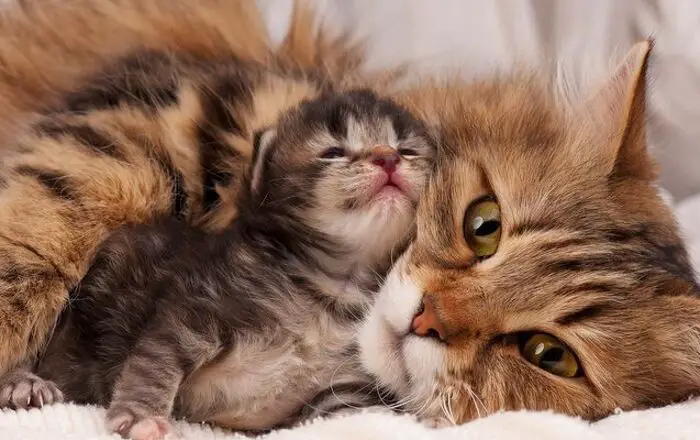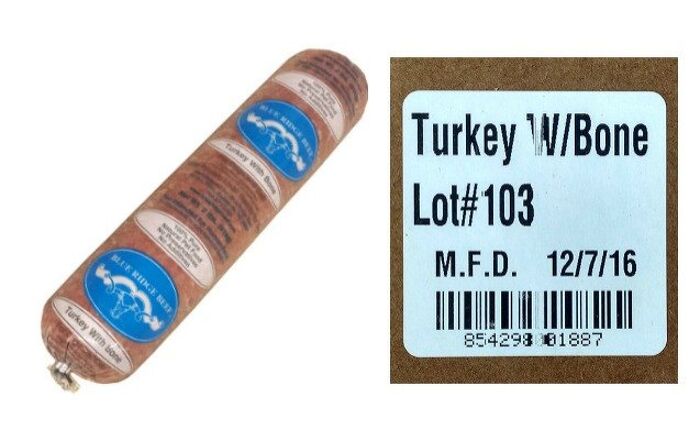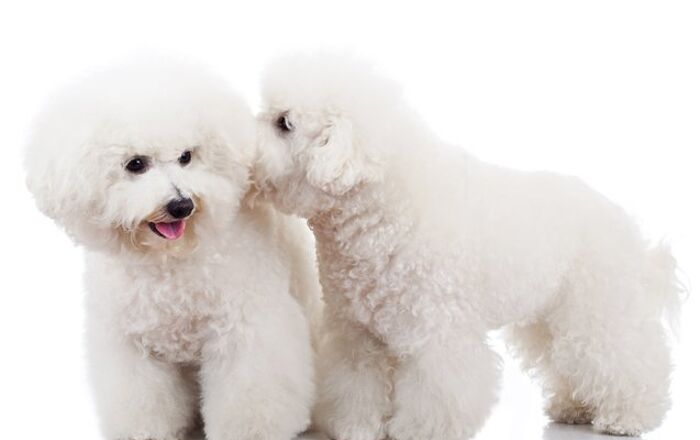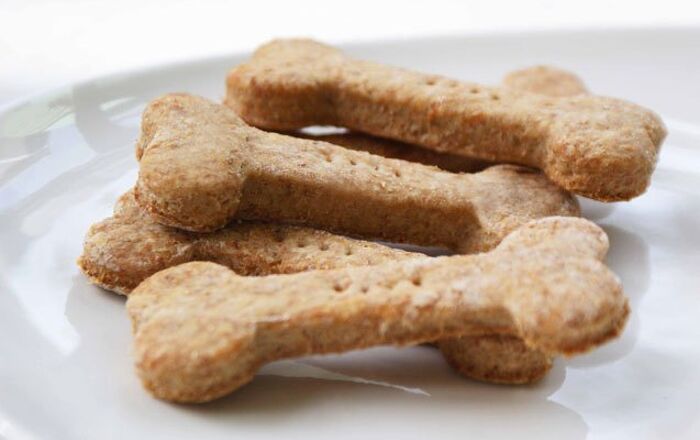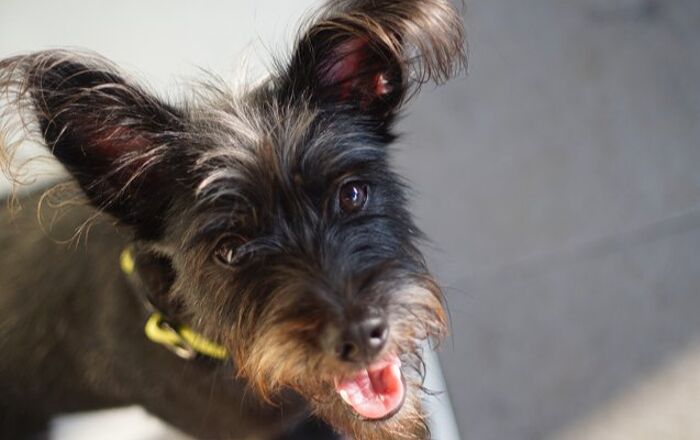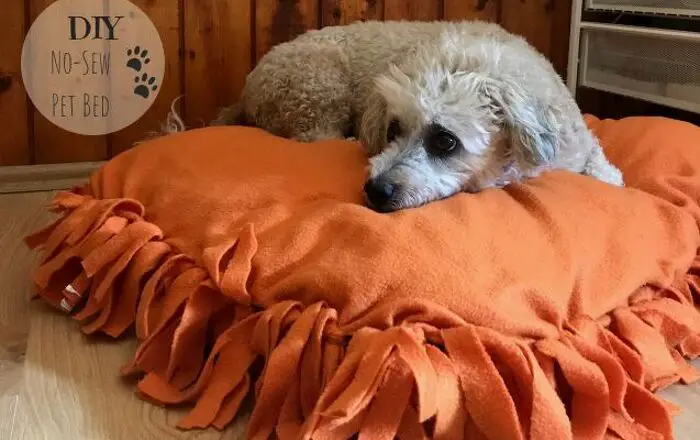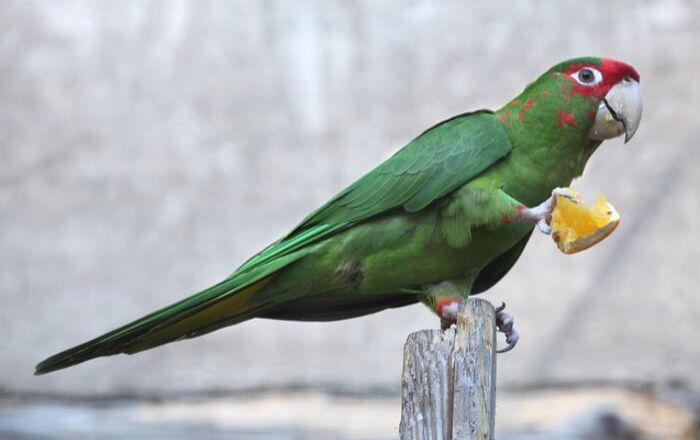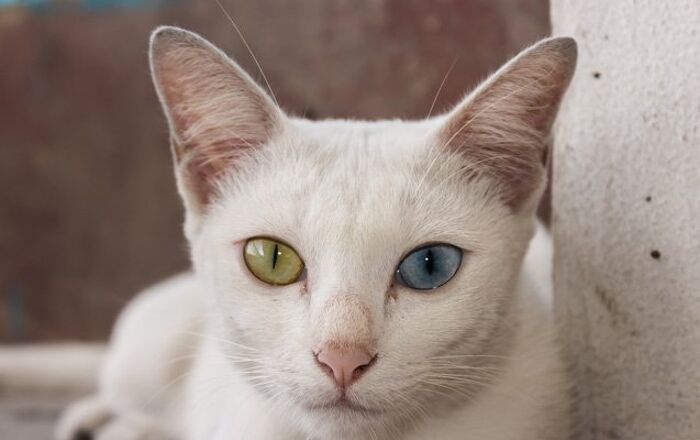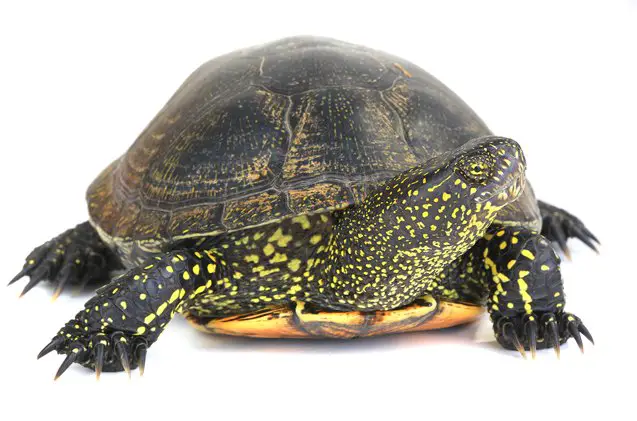
European Pond Turtle General Info
The European Pond Turtle is one of just a few freshwater turtle breeds that are found throughout Europe. These unique and attractive turtles are highly sought after as pets.
There are actually 14 regional subspecies of European Pond Turtles, and they will be different according to their colors, markings, and size.
European Pond Turtles are unique and attractive, and are highly sought after as pets.
Native Habitat
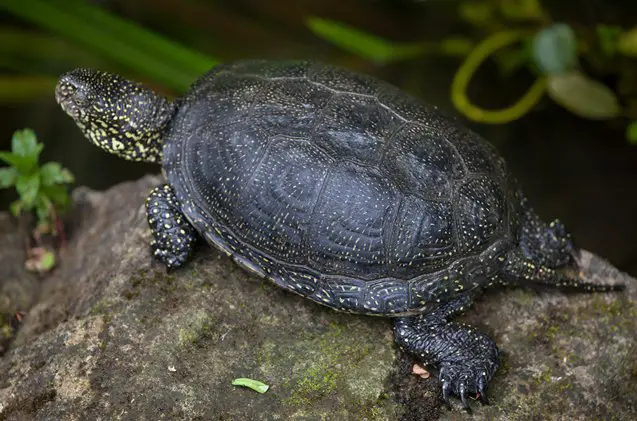
In addition to being found in the central and southern countries of Europe, the European Pond Turtle also makes its home in northern Africa and central and western Asia.
These aquatic turtles will only leave the water in order to nest or to bask. They prefer an array of freshwater habitats that include rivers, drainage canals, streams, lakes, and ponds. They like big bodies of water that feature soft bottoms of sand or mud, and they like slow-moving water as well. Sandy areas that are near the water are used for nesting, and lush vegetation provides food and hiding places. Juveniles, however, prefer to stick with shallow waters.
Northern turtles will end up hibernating during the winter, while those found in southern areas will aestivate during the summer.
Overall Description
European Pond Turtles will look a little different depending upon where they are found in their extensive range. For example, the turtles that are found in the southern part of their range will be noticeably lighter and smaller than their northern counterparts, who are bigger and darker.
These turtles feature a round or oval carapace that has a small amount of flaring on its marginal scutes. The shell will be smooth and it will glisten in the sunshine when it is wet. The plastron will be hinged, and these turtles will only be able to close up partially.
The head of these turtles will be slightly pointed and large, though it can also sometimes be blunt and smooth.
There are actually 14 regional subspecies of European Pond Turtles.
Colors
These turtles can typically be identified quite easily, thanks to their bright gold or yellow speckling, which is found on their dark colored carapace, as well as on the skin of adults and juveniles. Some European Pond Turtles, though, could actually be almost totally black in color, with hardly any yellow markings on their body.
The iris of the male European Pond Turtle will vary by region, so you might find these turtles with eyes that range from brownish yellow or red, to pure white or yellow. Females, on the other hand, typically have yellow eyes, although they can be white occasionally as well.
Environment
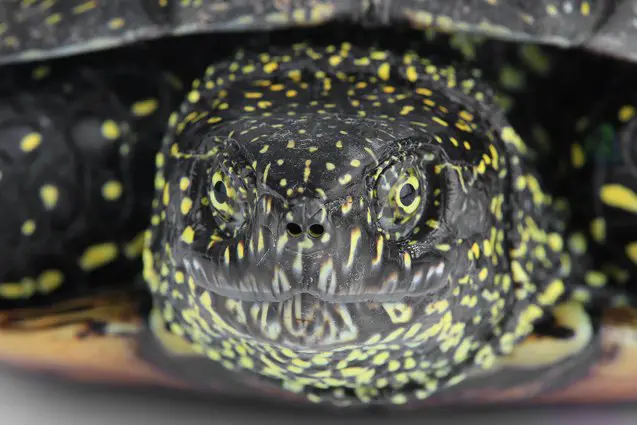
When young, the European Pond Turtle will need to be housed indoors only, but once your turtle is an adult, an in-ground outdoor enclosure is preferred. Your turtle will need room for both walking and swimming, so a 30’x30’ enclosure is a good place to start, along with a 15’x15’ water area within it, for a small group of turtles. Just make sure that the walls, which can be made of cement blocking, fencing, or wood materials, are securely kept in place to prevent the turtles from getting out by climbing or digging.
The water depth should be maintained at over 18” deep, but gradually slope the bottom of the pond so that the turtles can get into and out of the water easily. Make the middle of the pond the deepest area. If you will be leaving the turtles outside in the winter to hibernate, the water will need to be deep enough that it will not completely freeze.
Decorate the enclosure with vegetation both on land and in the water. Good options include frogbit, lotus, water lettuce, water hyacinth, lilies, cattails, anacharis, and iris. In this way, the turtles can hide and look for food in the water. On land, you can plant flowering plants, grasses, and low-lying shrubs. Your turtles can use those plants in the summer to escape the heat.
For basking platforms, you can add driftwood or logs, as a couple of examples, but you should avoid adding too many rocks to the enclosure, as these could be abrasive to the plastron.
Filtration will help keep the water as clean as possible, but the use of live plants in the pond will also work to filter the water naturally. For the substrate, add 12-24” of mud or peat to the bottom of the pond so your turtle can burrow into it and for your plants to have a good base to root into.
Finally, make sure that your turtles have access to natural sunlight when outdoors or UVB lighting when indoors. You will not need to use an aquarium heater for this breed.
European Pond Turtles can be identified quite easily, thanks to their bright gold or yellow speckling.
Care Requirements
These turtles will enjoy feasting on a wide variety of foods, including shrimp, crickets, insects, fish, various meats like chicken, beef, and turkey, frogs, tadpoles, worms, mice, slugs, and snails. They will also do well with commercial pelleted diets for turtles to ensure all nutritional needs are met.
Behavior
The European Pond Turtle will likely dive into the water if he is on land and sees you coming near him. However, he will eventually learn to associate you with food. You may notice that your turtle, upon seeing you, swims towards you, climbs out of the water, and waits for the food to be dropped in his enclosure.
Photo credit: bazil8/Bigstock; wrangle/Bigstock

